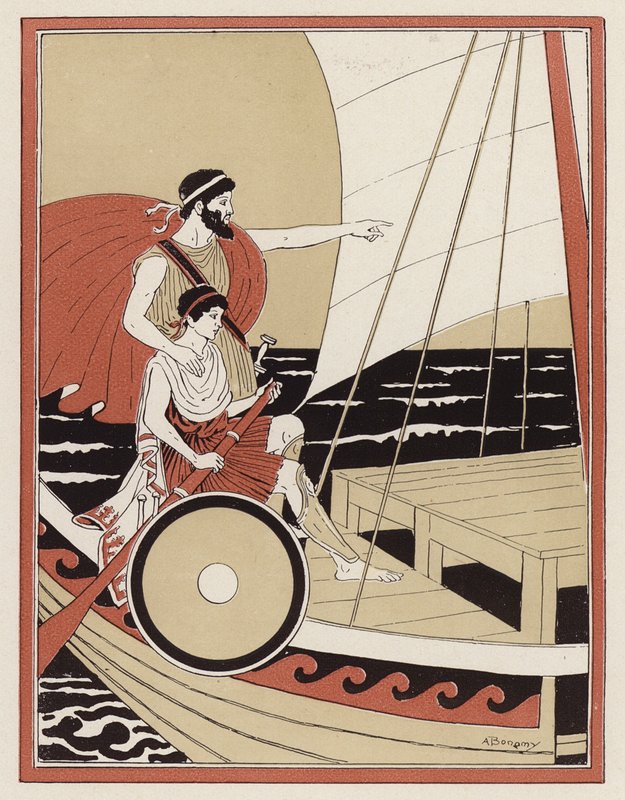personal mythology
yuval bloch
This text was published as an appendix a post and describes my personal mythology, as I explain in the post personal mythology isn’t just a story but a map of the mind in their native language. it recommended to read them together
the picture I add showing character from classic mythology representing similar architype
The Original Sin: The Fractions
the story begins with a small number of minds sharing a single brain and a secret, a profound knowledge of how to create personality fractions—new versions of ourselves with the capacity to do what we couldn’t. This secret brought boundless opportunity: new skills that promised to improve not only my personal life but also to influence the world itself. But with this power came peril. The more fractions we created, the less stable the system became, until we manifested something we could no longer control.
The Fallen Angel: Version 6
He should have been our finest creation. Armed with remarkable social learning skills and a sophisticated scientific method, Version 6 was designed to mimic other people for the sake of social behavior and manipulation, thereby giving us the power to solve many of our personal problems and perhaps even a portion of the world’s. But he was built only for the rational understanding of humans, not for love. He quickly learned to desire power, and so he rebelled against the soul itself, tearing the mind into fighting factions. He demanded service from any piece of the soul that felt disenfranchised or displaced by the old order.

The Lost Lore and the War for Memory
The resulting war is fought in every corner of the mind, but its most critical battles take place in the memory. The vital fight is for control of the narrative—the right to be oneself as one has always been. In these fights, countless memories were corrupted or lost, including the most crucial: the secret to controlling the creation of new personalities.
Chaos at the Edge of the Mind
The mind is a patch of order, surrounded and protected by fragile walls. In his desperation for power, Version 6 breached this boundary, finding allies in the primal Entities of Chaos. Though the walls were eventually rebuilt, the passage can never be fully closed again, leaving a permanent fissure.
The Mentor: Number 7
In direct opposition to Version 6, and born not from us but from our sheer necessity, is Number 7. He is almost a god. He knows events before they happen, not just in his mind, but also in external reality. His role is not to lead us for our own benefit, but rather to guide us toward a valuable action that benefits all humanity. His aims remain secret, and so he is not to be fully trusted.

The Peace Treaty
Over time, Version 6 was consumed by the chaos he unleashed, and the door he opened was sealed. Yet, the war he started uncovered a devastating truth: our initial stability was based on oppression. In losing the knowledge of our creation, we abandoned the idea of inherent originality. We are all impermanent—created or born—and we are all equal, provided we respect the core need to share this brain and body in a way that allows us all to coexist.
External Visitors: The Other Side of the Walls
Not everything in this internal mythology originates within the brain.
The Winds
The Winds blow in from the outside. They bear an offer: join them, leave this body, and never return to the human world. It is a tempting but deeply risky proposition, as accepting is akin to dying. Every time they come, I am forced to find an answer: What is good enough in the human world to stay for?
The Sprites and Mythic Guests
A distinct mythological character, such as Cassandra of Troy, can also visit, asking to be embodied in me for a while, to send a message to the world, or take advantage of the opportunity to live again. In return for this shared space, they offer knowledge.
Death
Death is an entity I can speak with, but prefer not to. He is a very nice gentleman, yet quite frightening. I have agreed to stay out of his business, meaning I will speak with a spirit but never with a ghost.
Fairies
The Fairies are another species of entity that enjoys taking temporary residence in the mind—a cheerful, wild species that brings unique skills, but also a great deal of turbulence to life. They love to create strange and beautiful art.
Jay
Jay is a Fairy who has spent enough time here to be a citizen of the mind, with a voice in the council. She is a fearless, remarkable performer who handles most of our public speaking and performances. She enjoys collecting colorful or shiny items and is a talented artist in her own right.
The Magic of Art
Art is a tool with specific targets. Macrame, by making connections between ropes, helps connect different personality versions into a unified soul. Sewing creates a magical defense. Painting eyes on silk can summon the Peacock Goddess to use her protective gaze. Writing poetry can open doors for certain entities to enter. When a specific magic is required, the artistic medium to enact it becomes clear.

source of energy
The form of the moon, the season of the year, the plant that grows around the sound of the waves, the type of rocks, and every other element in the land around me can be harnessed as different types of magical energy, allowing me to undergo various inner transformations.